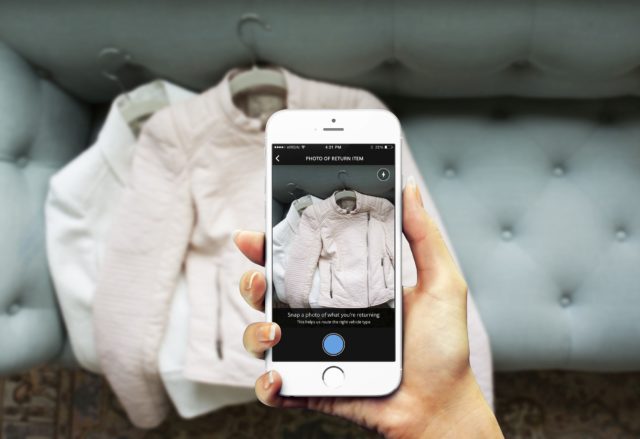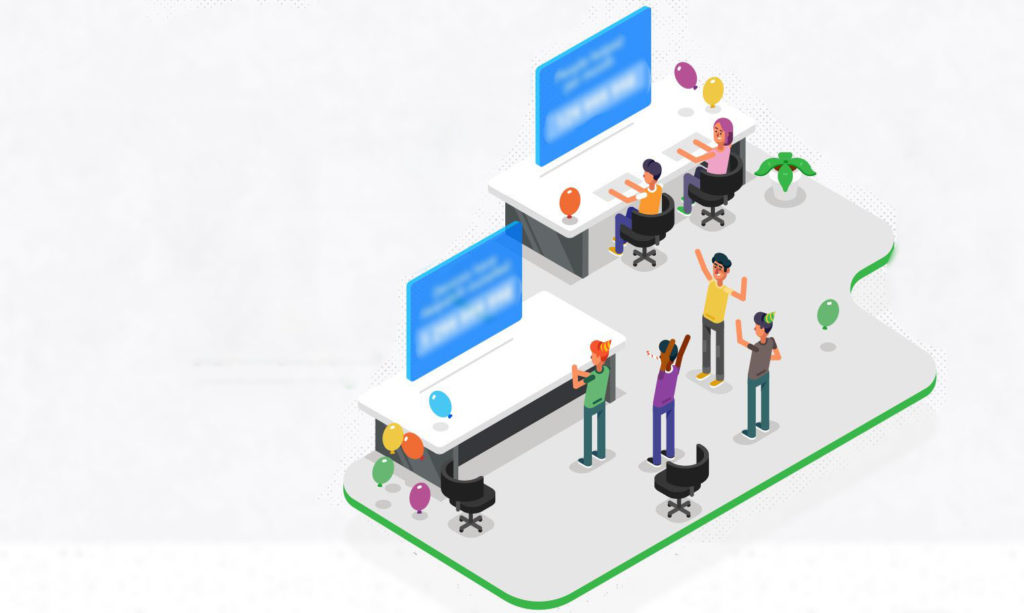Marketing is often focused on acquiring new customers, but keeping existing customers through good customer support is much more cost-effective. In fact, existing customers are your best targets for new sales—one study shows that you have a 60-70 percent chance of getting new business from existing customers versus only a 5 to 20 percent chance of selling to new prospects. So it makes sense to make good customer support part of your marketing strategy, and make sure you’re doing a great job.
Customer support has changed with the vast array of technologies available. Some of those technologies have been used badly, as anyone who gets stuck in a seemingly endless series of phone menus can attest. There are those companies that have used the latest technology to make customer support a far better experience, and even contribute substantially to larger marketing goals. One of those companies is Helpshift, which is providing a mobile solution for customer support.

Helpshift customer support software is installed on some 1.3 billion devices, helping on average 130 million people per month. Recently, [a]listdaily spoke with Helpshift CEO and co-founder Abinash Tripathy about the importance of customer support to marketing, and how Helpshift contributes to marketing goals.
What does Helpshift provide that’s different from other support platforms?
Helpshift is the world’s first customer support platform for mobile. My co-founder, Baishampayan Ghose, and I discovered that no other CRM solution focused on mobile-first, so we created it. Our company provides an enterprise-class experience inside mobile, and that’s what sets us apart. There are other companies with large products and services that would love to say they’ve done this, but it’s a complicated space and we’re the first to master it.
What’s the importance of good customer support to marketing?
Great customer support and marketing go hand-in-hand, especially in the mobile economy. For example, Pokémon GO’s lack of a clear path to service—when users come across server issues or item issues—they take to social media and other mediums to vent. If the problem can be resolved at the time of the issue, a bad image would be prevented from forming. Also, with great customer support, you’re more likely to keep customers engaged, creating retention marketing: increasing the likelihood of repeated purchases. Like Jason Wesbecher, Contributor to Entrepreneur.com, said, “customer care is your best marketing strategy.”
Over the past five years, there’s been an interesting shift in CRM where it has moved from being a pure revenue-tracking tool to a “front office platform,” which allows a company to service their customers and drive more deals into the funnel. It has expanded from being a system of record for sales teams to a suite that has capability to service or support your customers and the ability to drive more leads via marketing automation. CRM was largely built for for B2B companies. Helpshift entered the industry as the first B2C mobile CRM and other companies started to follow suit.
What is proactive support, and how is that important?
Proactive support is engaging with customers before an issue arises. Apps need proactive customer support and qualitative feedback to grow fast. In the mobile economy, it’s imperative for businesses, large and small, to proactively support and engage with their customers on devices they’re intimately attached to. With in-app support, apps are able to turn positive feedback into higher app store rating. Customer support helps build five star apps.
Can you share with us some examples of how Helpshift has made a difference in customer support?
Helpshift’s data scientists polled the company’s entire install base of 1.3 billion devices. The result revealed that of the 1.3 billion devices polled, 20 percent actively sought help. Of that 20 percent (284 million users) only seven percent proceeded to file a support ticket after utilizing a specific self-service FAQ provided in-app. That’s because of Helpshift.
Also, one of our clients, Shyp, was able to reduce customer support tickets by 25 percent after just one month of incorporating our SDK into their app. You can find the case study here.
Do you think that this sort of support is helpful in creating, building, and maintaining a community around a game? Can Helpshift be used to not only connect people with customer support, but with a community as well?
Definitely! Our client Zynga is a great example of that. Helpshift’s solutions allowed Zynga to create a quality VIP experience for their best users through retention and activation. Zynga has a sophisticated, data-driven, VIP program that helps them keep loyal gamers they care about, engaged and happy.
With the massive success of Pokémon GO, there were many issues and problems in the first few weeks. Niantic seemed to be taken by surprise at the level of success. How could Helpshift be of assistance to companies who may not have the staff to handle a huge surge in customers right away?
Helpshift serves small to large companies. Our client, Flipboard, is a great example of handling customer surges. Flipboard has an 80 million user base with a team of three. With Helpshift’s in-app FAQs and messaging, they were able to cut their interactions down by half. You can read the full case study here.
How do you see chatbots evolving in the future, and what will they do to help marketing? What does Helpshift plan for the future of its product?
I believe A.I. needs to mature before chatbots can see a stronger future. They present unique opportunities for marketing in terms of personalized content, calls-to-action, and a wealth of data about the customer. They automate many of the processes behind customer service—not replacing humans, but driving efficiency in the customer support workflow. You’ll have to follow our company news to see what we’re planning for the future.

